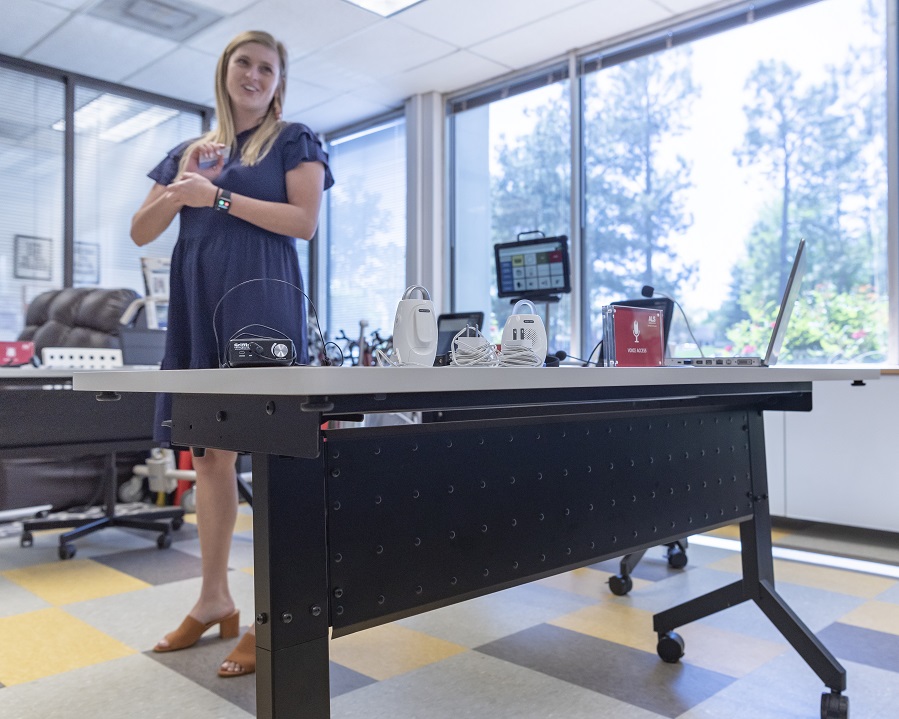
While There’s Life, There’s Hope | The ALS Association – DC/MD/VA Chapter
May 7, 2019 3:54 pmI recall hearing about ALS a long time ago when it was commonly called “Lou Gehrig’s Disease”. Lou Gehrig, one of my childhood sports heroes, was a beloved NY Yankees baseball player in the late 1930’s. He brought worldwide attention to the disease when it ended his career. More recently, a 2014 movie entitled “The Theory of Everything” about famed physicist Stephen Hawking provided a close-up view of ALS, a devastating motor-neuron disease that gradually degrades the ability of patients to communicate and interact with their world.
Today I’m visiting The ALS Association – DC/MD/VA Chapter’s Assistive Technology Lab and meeting with their team of dedicated and caring professionals. I must admit – I’m wondering what an “assistive technology lab” is and what they do here. I’m greeted at the front door by Lynn Aaronson, Executive Director of The ALS Association DC/MD/VA Chapter. She welcomes me in, and we immediately start talking about ALS. “ALS stands for Amyotrophic Lateral Sclerosis, a long name for a progressive degenerative disease that affects nerve cells in the brain and the spinal cord. Ultimately, this disease causes neurons to die and muscles to atrophy and waste away. Patients lose their ability to speak, eat and move, and in the later stages of the disease they can’t breathe and respiratory failure can occur.”
The staff at the ALS Assistive Technology Lab help patients live as long as they can as well as they can. (Left to right: Lynn Aaronson, Tremetris Harrell, Regan Flores, Tiffany Brett and Christina Vargas.)
Lynn introduces me to Regan Flores, the Assistive Technology Specialist for Virginia and DC. She tells me this lab was started in 2016. “We have a sister lab in Rockville, Maryland, too – that one was funded by the Learner Family, owner of the Washington Nationals baseball team.” In the lab, Regan provides communication and environmental control equipment so families can be more independent. With a background in speech therapy, she’s adept in technologies that help people communicate and interact with their environment – like their home and social network. “We’re like a mini-clinic day where families, therapists and patients can see all of the technologies that are available to assist them. An ALS diagnosis can be so overwhelming, and they’re not familiar with what tech can assist them.” Regan points out several of the technologies they use with patients.
Assistive Technology Specialist, Regan Flores, demonstrates how tablets, smart plugs, baby monitors, special remotes, no-touch buttons, and more can help people with ALS control their environment.
Next on my tour is a computer monitor full of colorful squares. “What’s that?” I ask. Regan tells me it’s “Eyegaze®” – a computer software popularized by the recent Stephen Hawking movie. She adds, “But it may not be for everyone… it really depends on where the individual patient is in their disease progression. Sometimes folks are scared they’ll lose their voice and they want Eyegaze® right away, but it can be very fatiguing to use.” She gives me a quick demo, and it truly is incredible what can be done using only eye movements to communicate, access information, and make decisions like turning things on/off. If Eyegaze® technology is too difficult or just not right for a patient, head tracking devices can be used instead to control a pointer (like a mouse) to get the same results. No two patients present the disease in the same way and no two individuals progress in the same manner, so having alternate technologies available to achieve a similar result is crucial.
Eyegaze® technology help patients communicate and interact with their environment through eye movement.
Next, I meet Christina Vargas. Christina is the local ALS Care Services Coordinator. She serves all of Central Virginia, and she’s the person who sees families in their home. She can help folks implement Regan’s assistive technologies, refer patients to clinical services or in-home care providers, and let them know when learning seminars are available. It turns out there are a lot of homes affected by ALS across Virginia. They serve 450 clients in Virginia and another 260 in Maryland and DC.
I wrap up today’s visit to the Assistive Technology Lab with Lynn who tells me there are a few other services offered by this local ALS chapter. “In addition to everything you’ve seen, we also have an Assistive Technology Loan Closet and a mobile unit to enable our specialists to get to patients’ homes. We even offer Assistive Technology webinars every Tuesday and Thursday. These are short internet sessions to help families and caregivers learn about assistive technologies and how to use their devices. They’re really helpful!”
She goes on to say, “Looking ahead, we’re trying to think differently – like if money was no issue – what could we do? We’re always looking for new programs and services, like a ramp program to help folks be more independent in accessing their home. Ramps could even be part of our loan closet since they’re so expensive for each patient to purchase. We could loan them, they could be used and then returned for others to use.”
When I look at all The ALS Association DC/MD/VA Chapter offers to enhance the quality of life for patients in our region, I’m thankful the John Randolph Foundation is helping fund this life-changing work. Through JRF’s support, services can continue to be free. For a disease that can be overwhelming and life-altering, supporting a group of people like those I met today means so much to our community.
Remember that movie I mentioned earlier – “The Theory of Everything”? Well, it turns out Stephen Hawking lived 50 years with ALS, and I’m pretty sure his quality of life was improved by many of the technologies I saw today. In the movie, Hawking quotes the famed Roman orator and philosopher Cicero saying, “While there’s life, there’s hope.” What that means to me is simple – while the John Randolph Foundation and other donors support The ALS Association – DC/MD/VA Chapter, there’s a brighter future for ALS patients and their families.
Photos and Story by Ken Newman, Southern Sharp Photography.
Tags: Assistive Technology Lab, Lou Gehrig's Disease, Quality of Life, The ALS Association - DC/MD/VACategorised in:
This post was written by AJ James
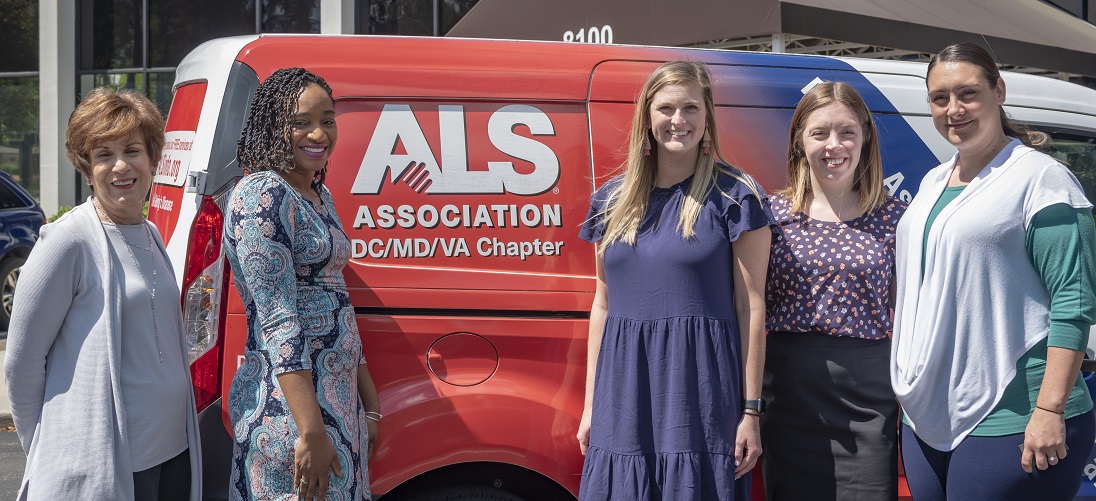
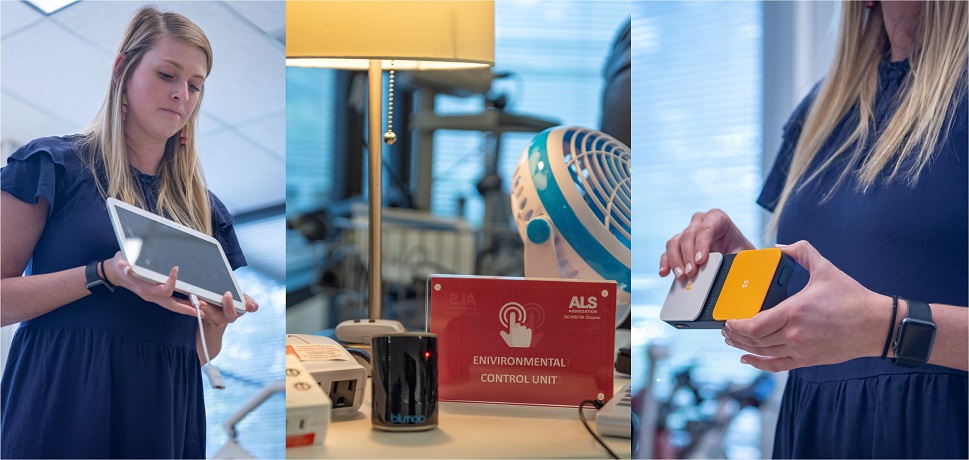
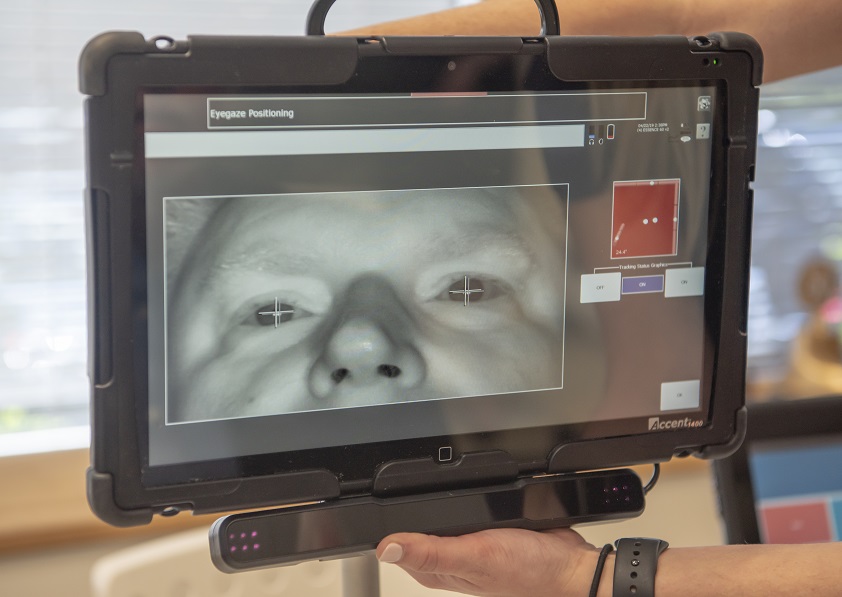
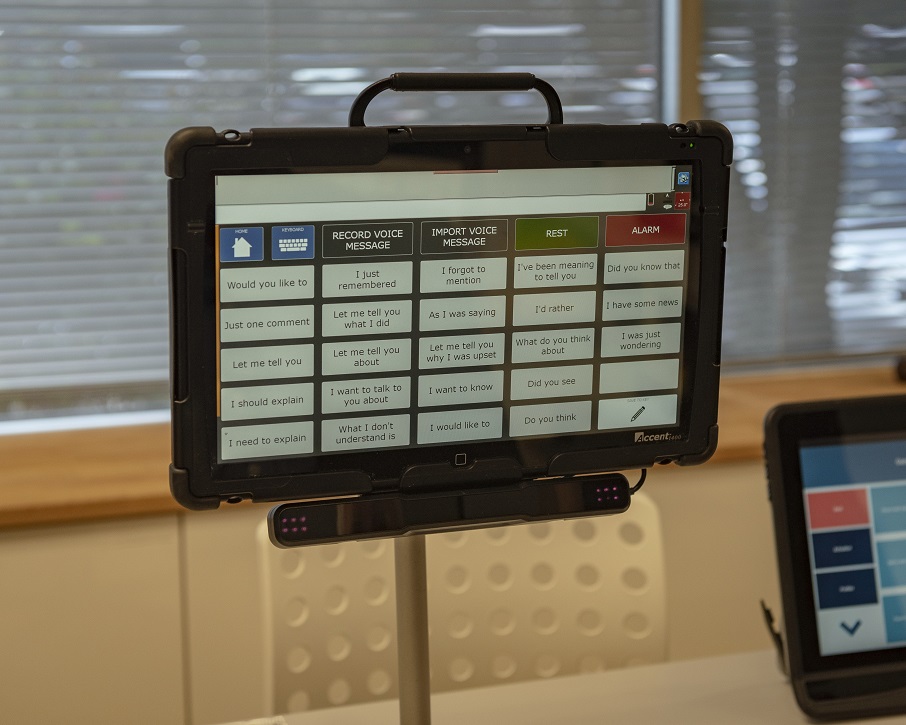
Comments are closed here.